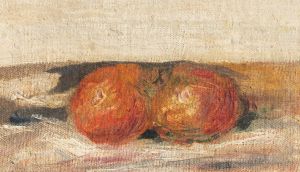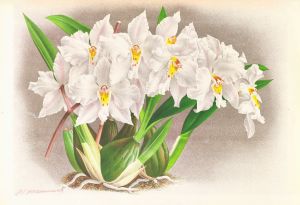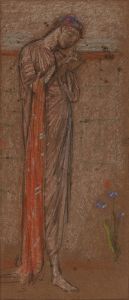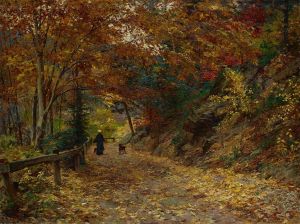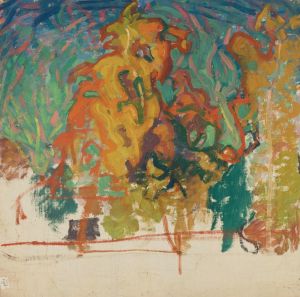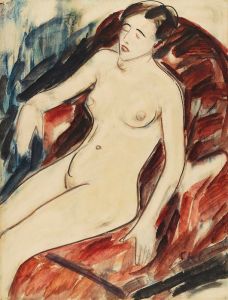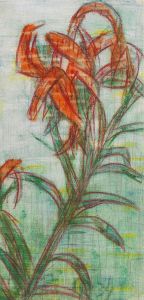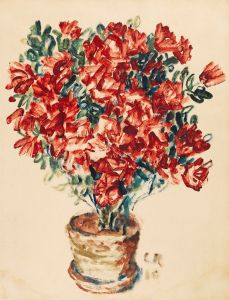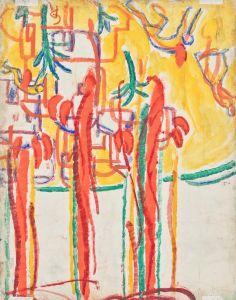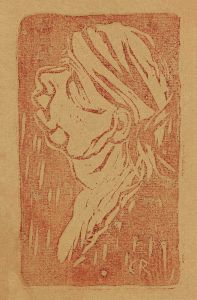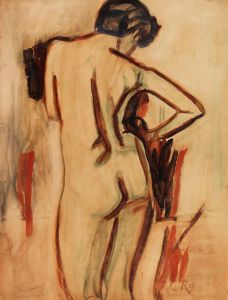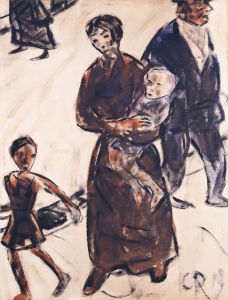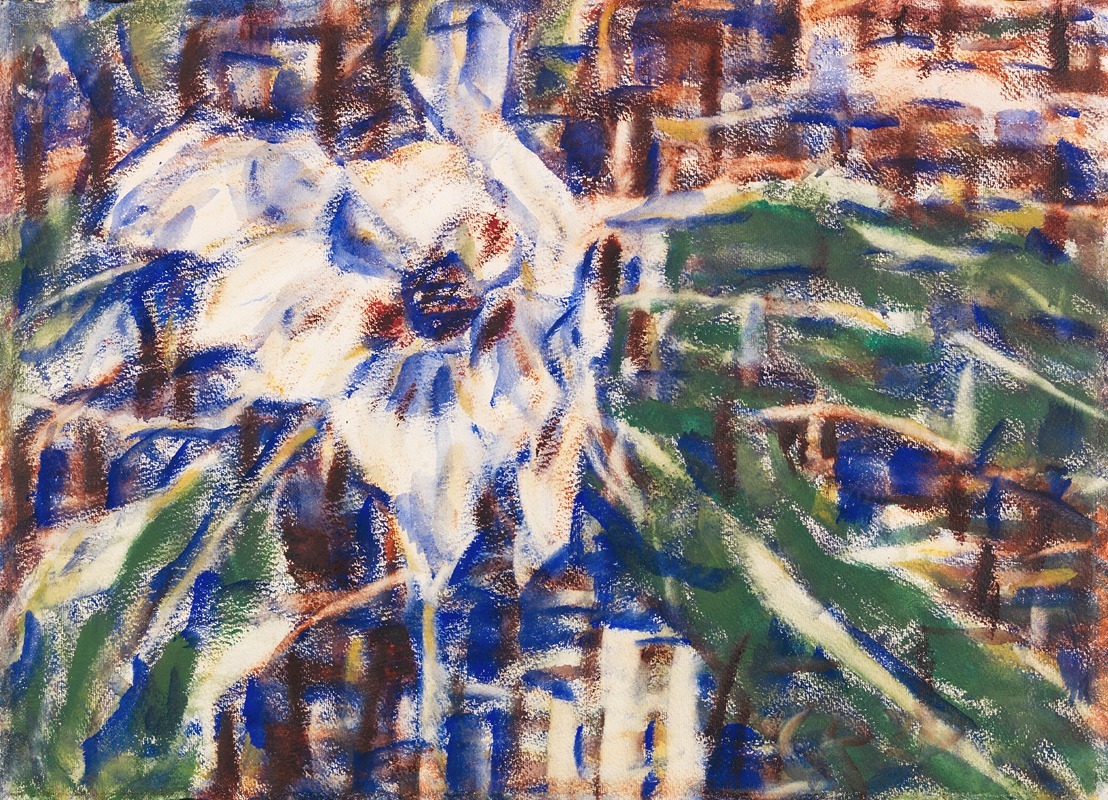
Blaue Magnolie
A hand-painted replica of Christian Rohlfs’s masterpiece Blaue Magnolie, meticulously crafted by professional artists to capture the true essence of the original. Each piece is created with museum-quality canvas and rare mineral pigments, carefully painted by experienced artists with delicate brushstrokes and rich, layered colors to perfectly recreate the texture of the original artwork. Unlike machine-printed reproductions, this hand-painted version brings the painting to life, infused with the artist’s emotions and skill in every stroke. Whether for personal collection or home decoration, it instantly elevates the artistic atmosphere of any space.
Christian Rohlfs (1849–1938) was a prominent German painter associated with the Expressionist movement. His work is characterized by a vibrant use of color and a dynamic approach to form, often exploring themes of nature and emotion. One of his notable works is "Blaue Magnolie" (Blue Magnolia), which exemplifies his mature style and artistic vision.
"Blaue Magnolie" is a painting that captures the essence of Rohlfs' expressionist approach. The artwork is celebrated for its bold use of color and the emotive power it conveys through its depiction of magnolia flowers. Rohlfs was known for his ability to infuse his paintings with a sense of vitality and movement, and "Blaue Magnolie" is no exception. The painting features a striking composition where the blue hues of the magnolia flowers dominate the canvas, creating a sense of depth and intensity.
Rohlfs' technique in "Blaue Magnolie" reflects his mastery of color and form. He often employed a technique that involved layering colors to achieve a luminous effect, allowing the colors to interact dynamically on the canvas. This method is evident in the way the blue tones of the magnolia petals contrast with the darker background, highlighting the flowers' delicate beauty while also imbuing them with a sense of strength and resilience.
The subject matter of "Blaue Magnolie" aligns with Rohlfs' broader interest in nature and its expressive potential. Throughout his career, Rohlfs frequently depicted floral motifs, using them as a vehicle to explore the interplay between color, light, and emotion. In this painting, the magnolia flowers are not merely botanical studies but are transformed into symbols of emotional depth and artistic exploration.
Rohlfs' work, including "Blaue Magnolie," was influenced by various art movements and his personal experiences. Initially trained in the academic tradition, Rohlfs' style evolved significantly over his lifetime. He was exposed to Impressionism and Post-Impressionism, which informed his understanding of color and light. However, it was his encounter with Expressionism that had the most profound impact on his artistic development. This movement, characterized by its focus on subjective experience and emotional expression, resonated deeply with Rohlfs and is evident in the emotive quality of "Blaue Magnolie."
Christian Rohlfs spent much of his career in Hagen, Germany, where he was associated with the Folkwang Museum. His work gained recognition and was exhibited widely, contributing to his reputation as a leading figure in German Expressionism. Despite the challenges he faced during his lifetime, including the political turmoil of the early 20th century, Rohlfs remained committed to his artistic vision.
"Blaue Magnolie" stands as a testament to Rohlfs' ability to convey profound emotion through his art. The painting not only showcases his technical skill but also his capacity to evoke a sense of wonder and introspection in the viewer. Today, Rohlfs' work continues to be celebrated for its contribution to the Expressionist movement and its enduring impact on the art world.






